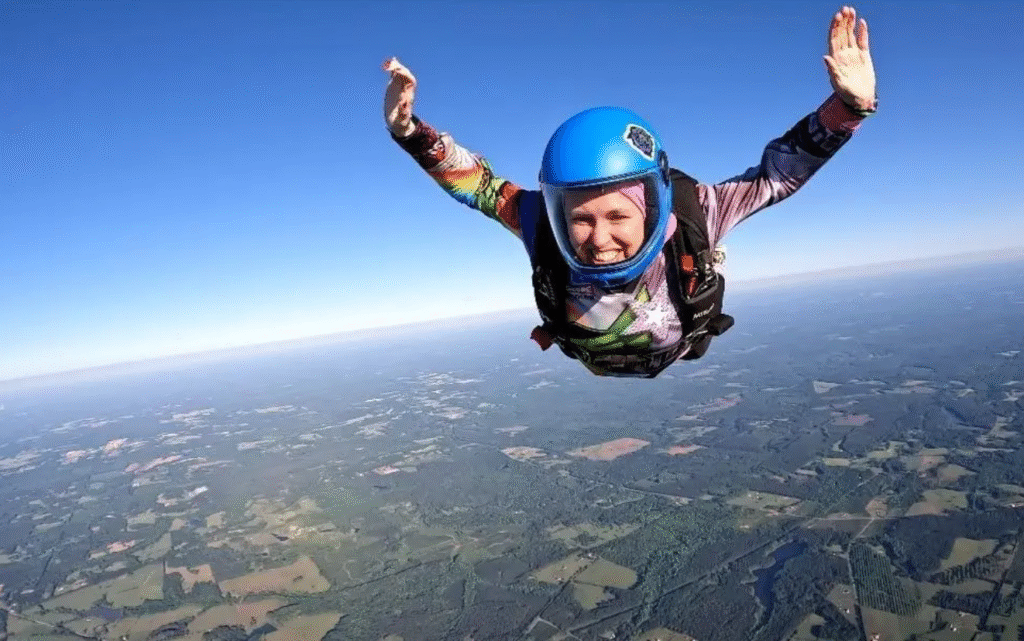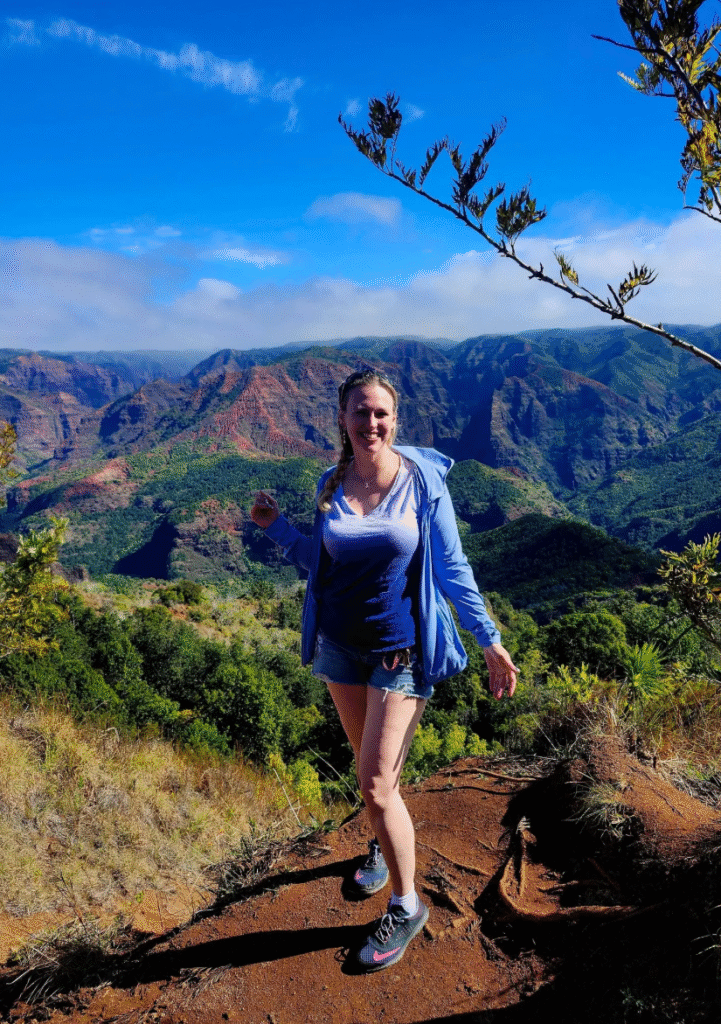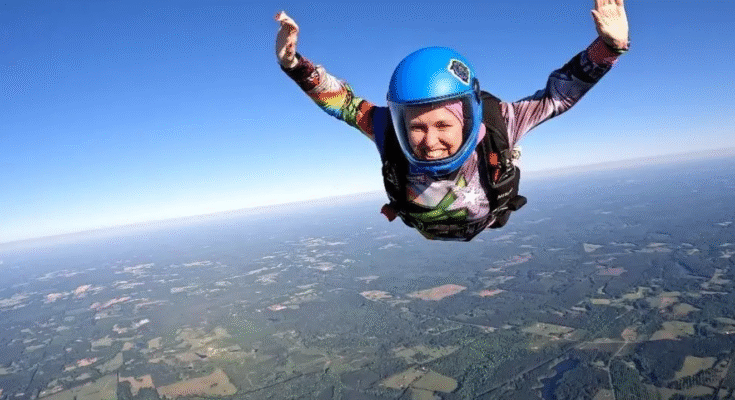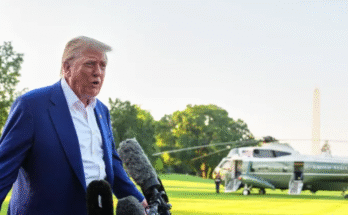
A tragic accident has rocked the skydiving community after a veteran skydiver lost his life in a midair collision with another jumper’s parachute. The incident, which occurred during what was supposed to be a routine group jump, highlights the inherent risks of this extreme sport—even for the most experienced and well-trained individuals.
The accident took place at a popular skydiving facility in the United States, known for hosting both recreational skydivers and professional jumpers training for competitions. The victim, identified as a 52-year-old man with over 3,000 jumps to his name, was widely respected in the skydiving world. He had decades of experience, had participated in numerous formation skydives, and even coached newcomers to the sport. Friends and colleagues are struggling to come to terms with the fact that such a seasoned jumper could meet such a fate.
According to preliminary reports from the Federal Aviation Administration (FAA) and local authorities, the accident occurred during a group jump involving multiple skydivers exiting the aircraft in close succession. Witnesses say the group had planned a coordinated freefall maneuver before breaking apart to deploy their parachutes at approximately 4,000 feet. However, moments after canopy deployment, a collision occurred between the veteran skydiver and another jumper.
Eyewitness accounts and helmet camera footage are helping investigators piece together the exact sequence of events. It appears the veteran skydiver was descending under a fully deployed main parachute when another jumper, possibly experiencing line twists or canopy instability, inadvertently drifted into his flight path. The other jumper’s parachute struck the veteran’s canopy from above or the side, causing both jumpers to lose control midair.
While the other jumper was able to regain control and land safely with minor injuries, the veteran skydiver’s parachute collapsed partially or fully during the entanglement. Although he deployed his reserve parachute, it was either too late or insufficient due to the low altitude and compromised situation.
Emergency medical personnel were already on-site at the landing zone, as is standard during large group jumps. Paramedics rushed to assist the downed skydiver immediately upon landing, but he was pronounced dead at the scene. The second skydiver was treated for shock and a minor leg injury and later released from the hospital.

This tragic incident has sent shockwaves through the tight-knit skydiving community. Fellow jumpers describe the victim as a “gentle soul,” “mentor,” and “safety advocate” who was always willing to lend his knowledge and support to newcomers. “He was the guy you looked up to—calm, skilled, and always prepared,” one longtime friend said. “It’s heartbreaking to know he went out this way.”
Midair collisions, though rare, are one of the most dangerous occurrences in skydiving. According to the United States Parachute Association (USPA), skydiving is statistically safer now than ever before, with fewer than one fatality per 200,000 jumps in recent years. However, the risk of accidents increases during formation jumps, high-performance canopy maneuvers, and jumps involving large groups in close proximity.
In this case, weather conditions were reportedly clear with mild wind, and no mechanical issues were reported with the aircraft or parachutes. This points to human error or misjudgment during canopy flight as the most likely cause. The FAA and USPA are conducting a joint investigation to determine if any procedural violations occurred and to recommend safety improvements going forward.
As the investigation continues, skydivers across the nation are taking this opportunity to reflect on the importance of safety, communication, and situational awareness during every stage of a jump—from exit to freefall to canopy flight. Many drop zones are holding safety briefings and dedicating upcoming jumps to the fallen skydiver in his honor.
Video Read news information |
Some experts are using this tragedy to call for more emphasis on canopy flight training, particularly for jumps involving complex formations or tight landing zones. “Skydiving isn’t just about freefall anymore,” one instructor noted. “The real danger often lies in the last thousand feet, under canopy. We have to keep training like our lives depend on it—because they do.”
For the victim’s family, the loss is immeasurable. In a brief statement, they expressed gratitude for the outpouring of support from the skydiving community and described him as a passionate individual who “lived for the skies.” The family has requested privacy as they mourn, but they also hope his death leads to renewed focus on safety and education within the sport he loved.
A memorial jump is planned at the same drop zone where the accident occurred. Fellow skydivers will take to the skies one more time in tribute, releasing smoke trails and flying in formation as a symbolic send-off. It’s a somber reminder that even in a sport built on thrill and freedom, respect for the risks and reverence for life must always come first.
As the skydiving world mourns one of its own, this incident serves as a powerful and heartbreaking lesson. Experience does not make one invincible, and in the sky, there is little room for error. Safety, vigilance, and humility remain essential—even for the best among us.



